SEARCH






|
|
|
|


Everything happens unexpectedly, you just have to be in the right place at the right time and try to make the best of it – Oliver Merce
I met Oliver Merce first when he was presenting in Bucharest his last book issued “Anatomy of decay”, but I was familiar with his photographic work before. I appreciated his dedication to this 2 years project and his persistence to visually document the unaltered stories of people living in Crivina and OraÈ™ul nou (“New city”) neighborhoods of Anina (Romania).
In short, Oliver Merce is one of the most talented Romanian photographers focused on street, photojournalism and documentary photography. He discovered his passion for photography quite recently - 2010, and short time after he decided that his photography shouldn’t necessarily have to experience a fine art or artistic flavor, but to show usual moments of his day by day life. Oliver initially guided his work upon the idea that his photos should reflect the reality in a pure objective way, but in time he added his own feelings to this objective reality, thus coming to the W. Eugen Smith conclusion that the first word we should remove from the folklore of journalism is the word “objective”.
I invite you to discover more about Oliver Merce and his photographic work within the interview below!
To begin with, please allow me to thank you, Oliver, for taking the time to answer my questions for this interview! I would start by asking you to briefly tell us about Oliver Merce - the man behind the camera, your hobbies and other projects you are involved in?
First of all, I would like to thank you, Marius, and 1x.com for regarding my photographic work as worthy to be exhibited on this website and discussed in an interview.
I work as a forest engineer in the field of Forest Ecology, focusing mainly on the study of virgin and quasi-virgin forests. I’ve been living in TimiÈ™oara - Romania, for a while now. I discovered my passion for photography quite late in 2010, at the age of 32. Other things that I’ve been passionate for a long time are metal music, tattoos and cynology - especially the Rottweiler breed.
You master street, photojournalism and documentary among other types of photography. What continually drives you to these kind of photography and why?
After a short while of searching as a beginner in photography, I focused on street photography. Some of the reasons that drove me to make this choice are the facts that I like to photograph people, I like authentic, random situations. The subsequent approach of photojournalism or documentary photography was somehow natural, since these genres have quite a few common elements with street photography.
What is your most important experience so far that have influenced your photographic vision?
I don’t think I’ve had so far an eye-opening experience to generate a leap in my photographic evolution or to influence my visions. In my choice of subjects or the way I decide to present them, I am rather influenced by the music I listen to, the books that I read or by my own views on life.
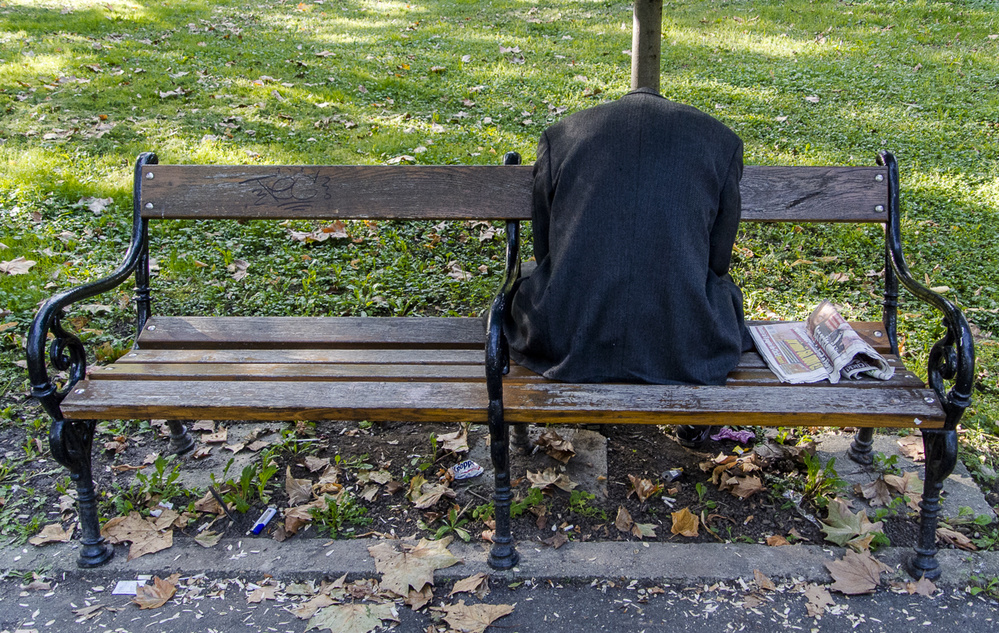
You are also the author of “The Anatomy of Decay”, an impressive documentary book, containing 111 photos taken over 2 years period, about the nowadays life in two of Anina city (Romania) neighborhoods. What first attracted you in starting this wonderful documentary project? What impressed you the most at the people there?
I started documenting the life of locals from the „OraÈ™ul Nou” (New City) and Crivina, both neighborhoods of Anina, after seeing some photos shot in this area and watching a documentary about the great ambition of the dictator Nicolae CeauÈ™escu of building there a thermal power plant that was supposed to work on bituminous shale. I wanted to get to the area and see those people’s lives unfiltered through other views, lives which were sharply delimited into two distinct periods: before and after the closure of the power plant. I started with the idea that what I was going to show through my photos is not necessarily a definitive portrait of the area, but rather a picture of the current situation. I first arrived in Anina in the summer of 2014 and since then I visited the area regularly until the summer of 2016.
What I can say about the people is that I was surprised by their hospitality, their desire to share with a stranger what little they had. There were instances when they shared their meal with me, they offered me a place to sleep and I truly don’t know if I was able to fully make it up to them for all they have offered. I met in these neighborhoods people who went through life taking disorderly leaps, experiencing more sadness than anyone could ever imagine. However, none of them publicly showed their dramatic lives. They quietly kept them in the one room of the shacks they live in or the apartment they share with their whole family.
Can you please tell me what was the most important photography award you have won so far? What this meant to you and how this recognition influenced your artistic vision?
Certainly the most important award was the one I won at the Documentary Photography Competition “Premiile de Fotografie Mihai Vasile”, in the Picture Story category, because it was a turning point in terms of my approach to photography thenceforth. The jury’s decision somehow validated all my work for the photo project that I had started one year earlier, which led to a decision I didn’t think it would materialize too soon, creating the book “The Anatomy of Decay”.
I know that you almost always carry a camera with you. How important is for you the moment in shooting street photography?
The timing, as well as the luck, are – to me – important elements in street photography. I go out on the street without planning in advance to shoot a specific thing. Therefore, everything happens unexpectedly, you just have to be in the right place at the right time and try to make the best of it.
You consider that you feel “like at home” in any urban environment, no matter if it is in Romania or the other countries. How do you approach a new location when shooting for the first time?
I have the same approach when shooting street photography, whether I'm in my own city or in another country. It is true that until now I have only travelled in Europe, to countries where the cultural, social and religious differences are not so noticeable compared to those in Romania. I was surprised to see that sometimes it was easier to shoot photos in other countries because people tend to be less reluctant to being photographed. The situation would certainly be different if I were to take photos in some Asian countries, for example.
Most of your documentary photos have a very powerful message. What is more important when taking documentary photography: recording the story as it is and sharing the unaltered message or sharing your own mood in the relationship with the story?
This is the question I asked myself when I started shooting photos as part of the project that led to the book “The Anatomy of Decay”. I started from the idea that my photos should reflect reality in an objective way, but in time I added to this objective reality my own feelings.
This change of direction made me think that my journalistic approach would come to harm. But this was up to the point I read the preface of W. Eugene Smith’s book “Minamata”. From the first lines Eugene Smith says that the first word that we should remove from the folklore of journalism is “objective” and mentions that his book is not an objective one. Those lines were unchaining.
One says that the power of street photography is in the ability to capture the moment in its natural, unaltered essence. How do you interact with your subjects on the street?
I don’t usually interact with people I take photos of on the street. Most often they don’t realize they were photographed. Some of the ones who notice even ask me to send them the photo. Avoiding explanations when they ask about what I am doing, might give them the impression that it’s not just street photography and this could cause conflicts that it’s better to prevent.
It is highly accepted that street photography is one of the most difficult genre to approach, mostly from the people interaction perspective. What would be your most important advice for the new comers in street photography?
I don’t know to what extent I am competent to give advice, but clearly you should know the basics of taking a technically correct photo, you should always have with you a camera (that you are familiar to) and use it as often as possible; it’s necessary to be discreet and to pay attention to what is happening around you in order to be able to react quickly, to use short focal length and overcome your fear of shooting strangers.
What photo gear do you prefer to use on street (e.g. camera, lenses)? What is the minimal equipment set you would recommend for shooting street and documentary photography?
For a while, I have been using a mirrorless camera with standard zoom when shooting street photography. Rarely do I use film, and in this case, I also use a standard zoom SRL. For documentary photography, I work with 2 full-frame DSLR, and besides the standard zoom I use 28mm, 50mm and 85mm prime lens. When it comes to recommending, I believe that one should use the gear he can afford and which he is most comfortable with.
Who are your favorite photographers and how has the appreciation of their work influenced how you approach your own photography? Is there one of their specific work would you like to mention that has inspired you the most?
If I were to mention only a few of my favorite photographers, I would say Eugene Smith (especially for the photo of Tomoko Uemura) and Don McCullin (for the photo of the breastfeeding woman taken in Biafra or the photos taken in Bangladesh during cholera). I also find amazing Salgado’s photographs (in his books “Workers” and “Sahel: The End of the Road”), most of Jason Eskenazi’s work from his book “Wonderland: A Fairy Tale of the Soviet Monolith” or Koudelka’s “Exiles” shots and many others.
Most of the photographers have their favorite photo among their works. Can you please shortly present your favorite photo, the story behind it?
I never thought about my favorite photos, but the first one that comes to mind is “Solemn Call”. It was taken in 2015 during a holiday at the Black Sea. I made this shot while I was taking a walk on the beach one afternoon. I took two photos and selected the first one, since in the second one the boy had changed his sober position during the phone call in comparison to the woman holding the phone to his ear.
Oliver, we almost came to the end of our discussion and here is my final question of this interview: are there any specific goals that would you like your photography to achieve in the future?
I hope I have the necessary time to start new long-term projects focused on social issues. I also intend to focus on some topics I approached in the past and have not completed yet because during the last two years my priority was shooting photos for the book “The Anatomy of Decay”.
More photos and details on the website of Oliver Merce
 | Write |
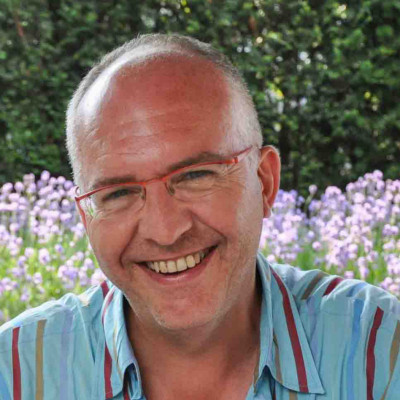 | Eddy Verloes PRO I read it with great pleasure ! Great work ! I love your style, Oliver ! |
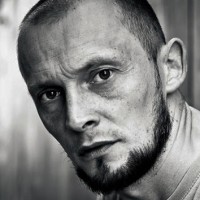 | Oliver Merce PRO Thank you! |
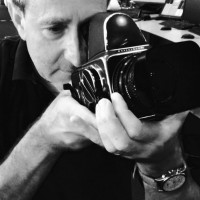 | Nick van Dijk Impressive work Oliver, congratulations on your excelent shots! And thank you Yvette for introducing Oliver to me (us) !! Grtz, Nick |
 | Oliver Merce PRO Many thanks! |
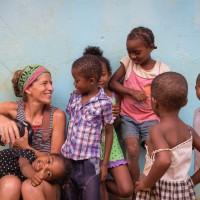 | Gloria Salgado Gispert It is so nice that you have brought real life images to all of us! Thanks to both!! And Marius please, keep them coming! A pleasure to have discovered your work. |
 | Gloria Salgado Gispert I wanted to say, Oliver please keep your amazing images coming and Marius keep writing and bringing incredible photographers and stories to us! |
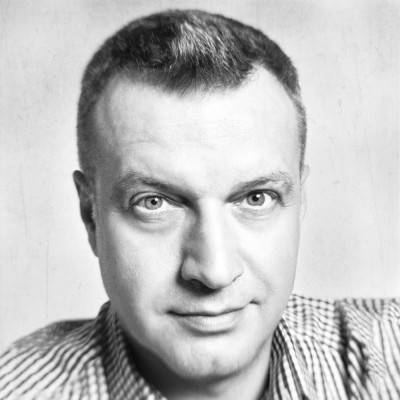 | Marius Cinteza CREW Thank you so much Gloria! |
 | Oliver Merce PRO Thank you! |
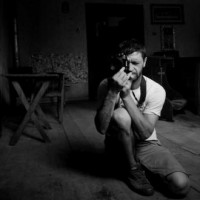 | Remus Tiplea beton,felicitari |
 | Marius Cinteza CREW Mulțumim Remus! :-) |
 | Oliver Merce PRO Multe multumiri, Remus! |
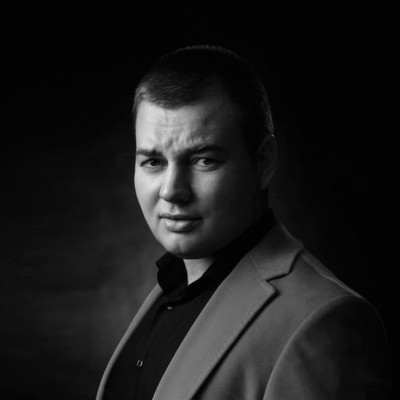 | Mikhail Potapov CREW I read with great pleasure. Thank You for sharing your experience! Thank you Oliver and Marius! |
 | Marius Cinteza CREW You are welcome, Mikhail! I'm glad you enjoyed the interview! Have a nice weekend! :-) |
 | Oliver Merce PRO Thank you, too! |
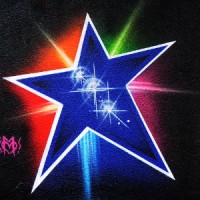 | Dragoslav Sekulić Excellent! |
 | Marius Cinteza CREW Mulțumim, Dragoslav! :-) |
 | Oliver Merce PRO Merci! |
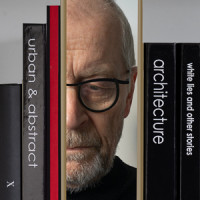 | Luc Vangindertael (laGrange) CREW Heavy stuff I enjoyed watching and reading ... congratulations Oliver and thank you Marius :-) |
 | Marius Cinteza CREW You are very welcome, Luc! I'm glad you enjoyed it! Have a wonderful week-end! |
 | Oliver Merce PRO Thanks a lot! |
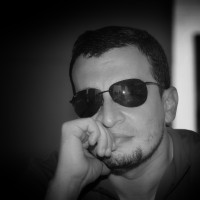 | Ahmed Thabet PRO REALLY i enjoyed the article and the pictures, the picture are sooooo realistic remind me of magnum images in their golden era ... thanks Oliver |
 | Marius Cinteza CREW Many thanks Ahmed! |
 | Oliver Merce PRO Thank you for yours nice words! |
 | Oliver Merce PRO Thank you! |
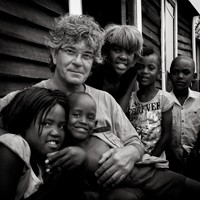 | Andre du Plessis FRPS Really a pleasure to view these images. Thanks to both of you.
|
 | Marius Cinteza CREW Many thanks Andre! |
 | Oliver Merce PRO Thanks! |
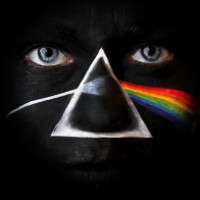 | Francesco Martinelli PRO really very interesting!!! |
 | Marius Cinteza CREW Thank you, Francesco! Greetings! |
 | Oliver Merce PRO Thank you! |
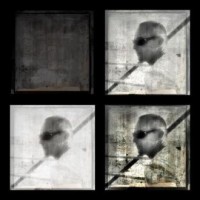 | Paulo Abrantes PRO many thanks to let me know about this work. I really liked this social and this powerful straight approach to street life and also the "sense of composition". congrats. |
 | Marius Cinteza CREW Thank you so much Paulo! I'm very glad you enjoyed the interview! Have a wonderful week-end! |
 | Oliver Merce PRO Thanks a lot! |
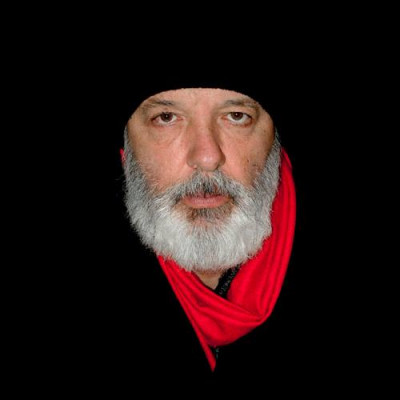 | Massimo Della Latta Complimenti. |
 | Marius Cinteza CREW Thank you Massimo! Have a great week-end ahead! |
 | Oliver Merce PRO Thank you! |